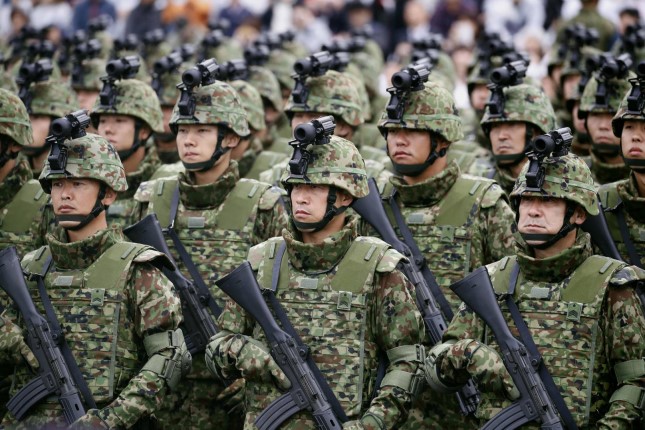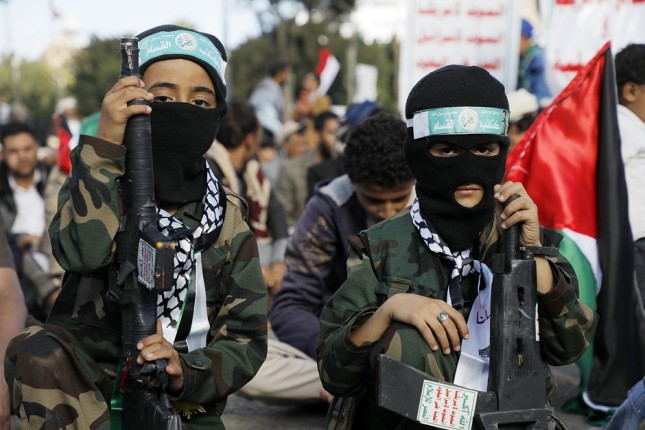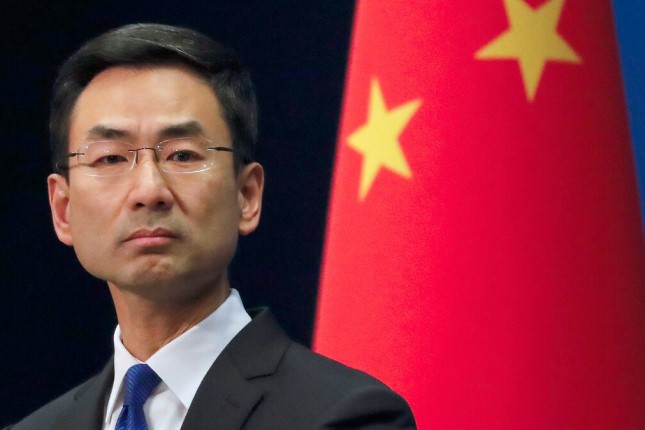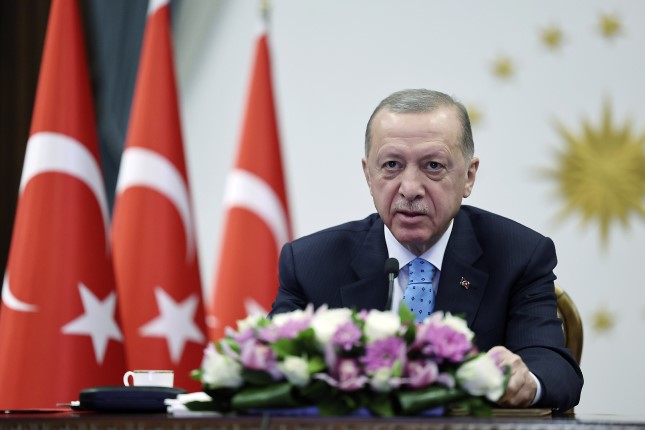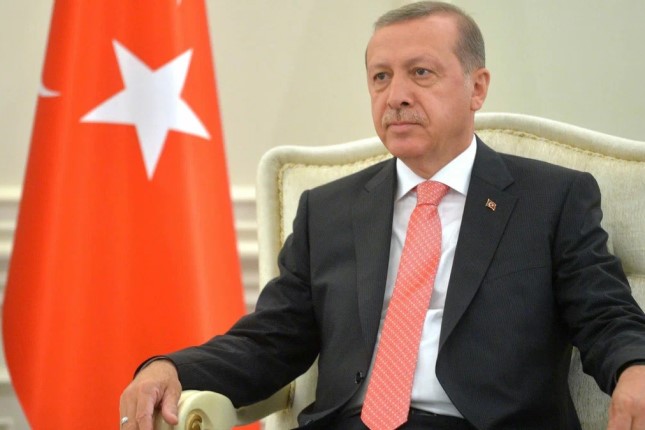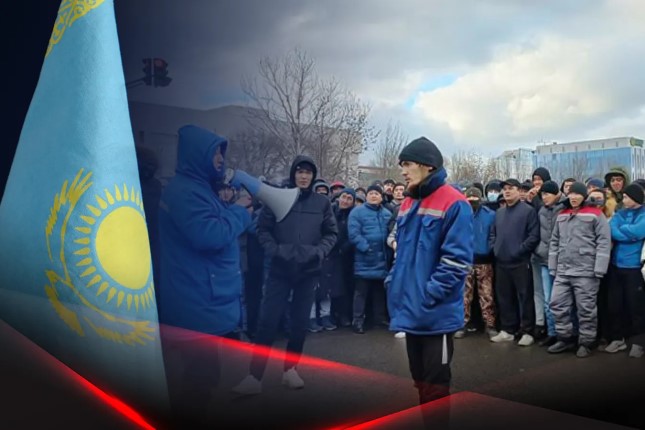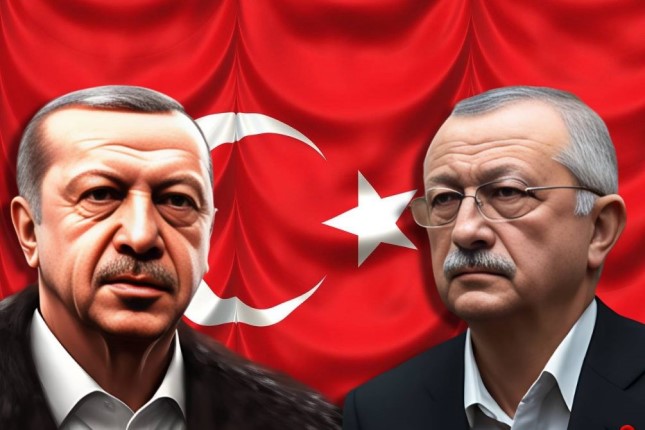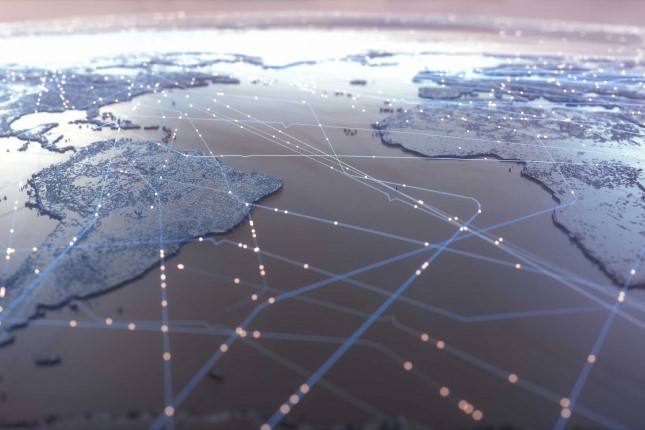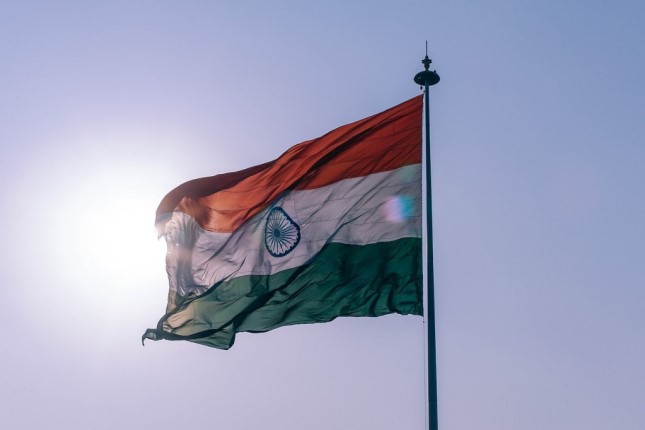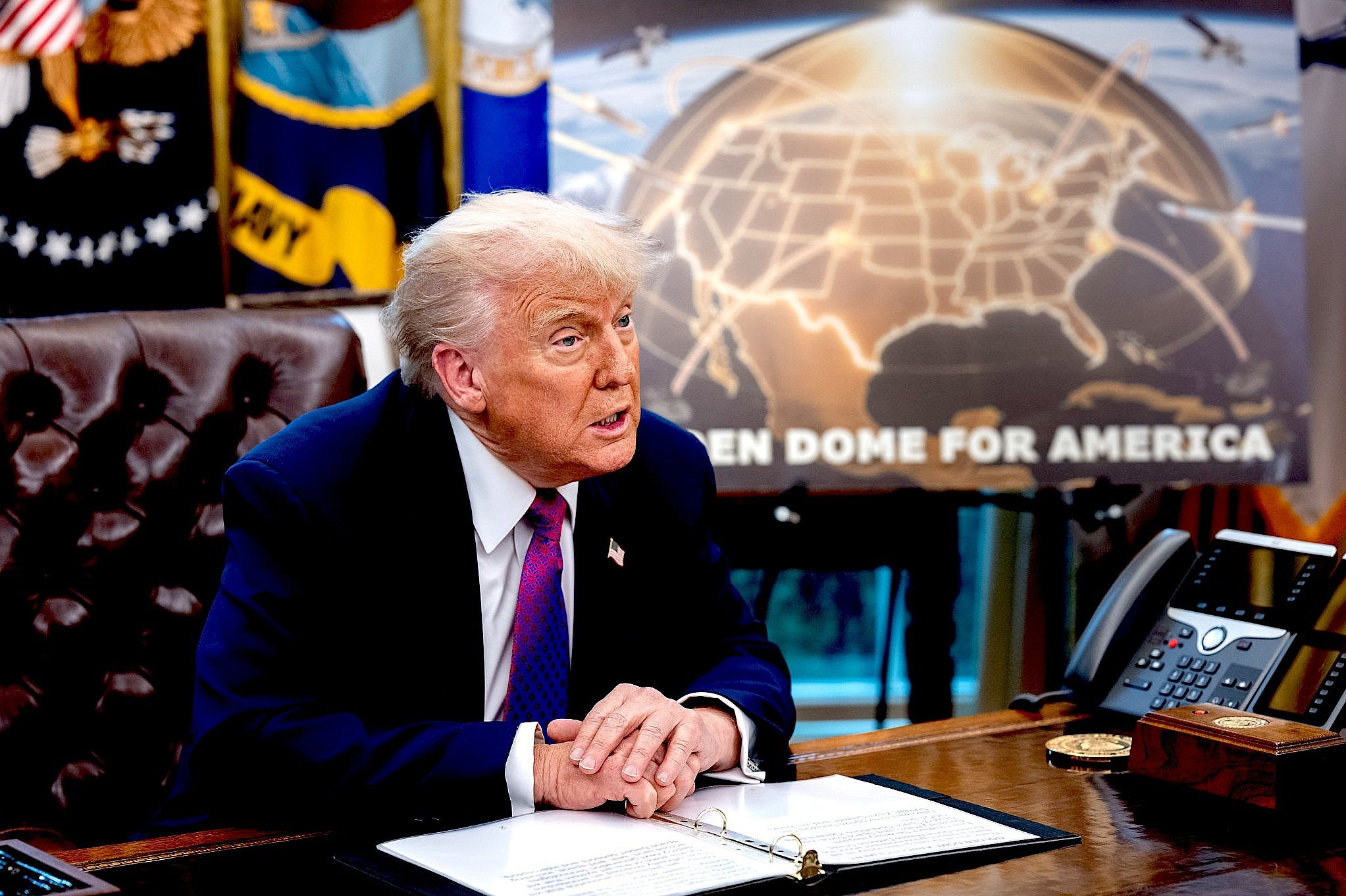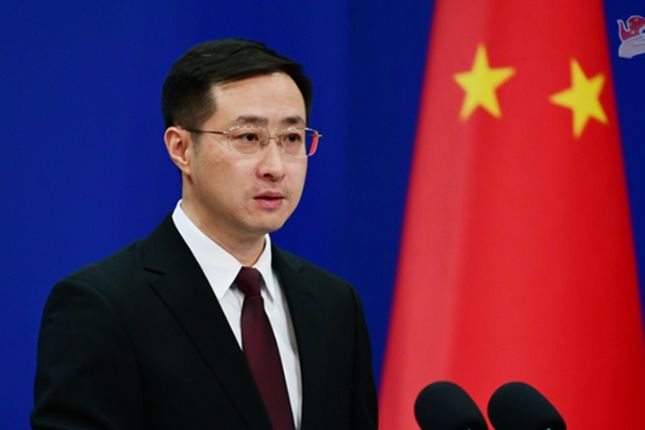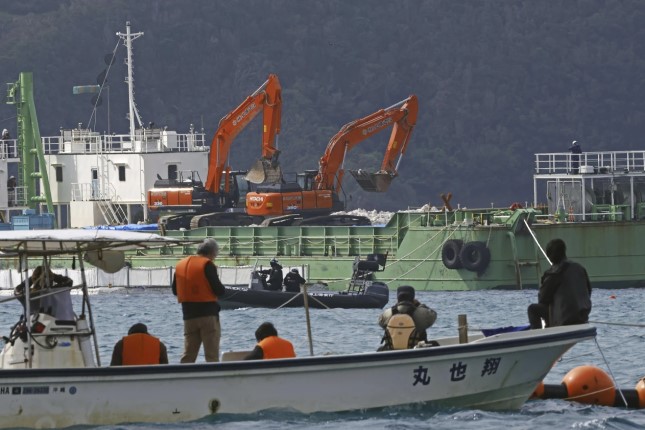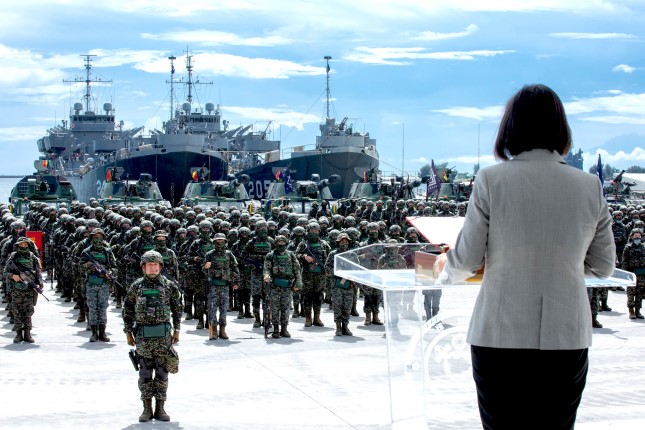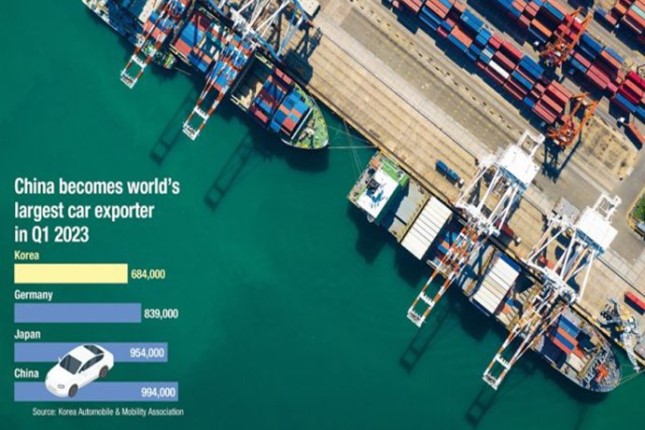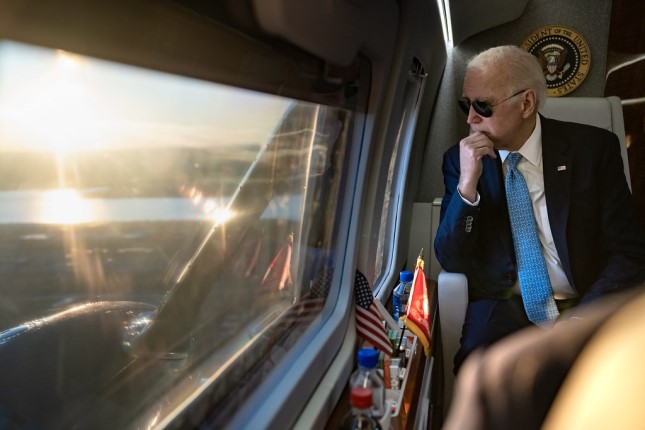In late December, Japan will adopt the highest defense budget (in nominal terms) the country has ever seen. The Ministry of Defense has requested 7.74 trillion yen (USD 53 billion), planning a 13% increase in military spending.
Budget records have been set almost every year for nearly 10 years in a row now. By 2027, Tokyo plans to double the share of military spending to 2% of GDP. Japanese and Western analysts explain such a significant increase by pointing to "the growth of strategic threats" from China, North Korea, and Russia.
However, a number of factors indicate that the Japanese Self-Defense Forces are preparing not for the "defense of the islands," but for an aggressive offensive war. Tokyo has significant historical experience in hidden military construction and mobilization, conducting sudden and aggressive warfare in multiple theaters, so Japan is capable of surprising not only its enemies but also its allies.
The new military budget is intended to "significantly enhance the country's defense capabilities." The corresponding priorities are outlined in the new National Defense Strategy, published in December 2022. The strategy, among other things, provides for the development of the "mass production of long-range missiles," strengthening air defense, the development and production of unmanned systems, enhancing capabilities in space and cyberspace, intelligence improvement, and, most importantly, "increasing capabilities for troop deployment and supply organization."
The most money will be allocated to the missile and naval component. USD 5.18 billion has been requested for the development and production of its own missile designed to strike remote targets, including enemy military bases; nearly USD 8.7 billion for the development of its comprehensive missile defense system; nearly USD 3.5 billion for missile cruisers and coastal missile systems; and USD 1.2 billion for 12 new multifunctional frigates equipped, among other things, with long-range missiles. Funds have also been allocated for the modernization of helicopter and aircraft carriers, military transport ships, and much more.
However, according to experts, the actual scope of Japanese military programs is much larger, facilitated by historical experience in military construction. For example, the creation of the world's largest battleship, Yamato, and the construction of a large base on Matua Island in the Kuril Islands before World War II went "unnoticed" and came as a “surprise” to everyone.
And such surprises remain a possibility. In all the fundamental documents, Tokyo continues to disclaim nuclear weapons, but measurements of radionuclide emissions after the accident at the Fukushima nuclear power plant in 2011 indicated the presence of weapons-grade uranium at the facility.
Even if we do not take into account the probable military nuclear program, the specifics of Japan and its military-industrial complex allow for the "hiding" of military programs.
In Japan, there are no state military enterprises – everything is concentrated on the capacities of private corporations that produce, in addition to military equipment, a wide range of dual-use and civilian products in close cooperation with small and medium-sized enterprises in the defense industry. Such industrial facilities are spread throughout Japan.
A high level of conversion and reservation of civilian capacities for military needs is characteristic. The developed scientific and technical base and production culture also provide the opportunity to reproduce previously produced models that have been discontinued. For countries like the United States, Russia, and Germany, for example, the need for rapid and large-scale resumption of production of decommissioned models represents a monstrous headache.
The production of similar weapons at the facilities of different companies is also characteristic for the country, which, in addition to interchangeability during wartime, also allows for "hiding" significant volumes of production in the "pre-war period."
Moreover, private companies have also decided to insure themselves against risks. In June, the country's parliament passed a law that allows the government to buy out private factories working in the military-industrial complex if they encounter financial difficulties and are unable to continue their operations. Legislators expect that their initiative will allow companies to reduce the threshold for initial investments in technology development. All of this creates optimal conditions for the military mobilization of production. The country's seclusion, corporate secrecy, hierarchy, and traditional work ethic reduce the probability of information leaks to zero.
At the same time, Japan is being pumped with advanced Western technologies. Mitsubishi Heavy Industries has partnered with the British BAE Systems, the American Lockheed Martin and L3Harris Technologies, and the French Thales to establish production facilities. In August, Japan Steel Works obtained a license to produce Finnish Patria AMV. Considering the ability of the Japanese industry to quickly master the production of foreign models and create copies that are of better quality and more reliable than the originals, the external infusion of the Japanese military-industrial complex can also rapidly enhance the capabilities of the Self-Defense Forces in areas where they are currently lagging behind.
Parallel to military preparations, Japan's diplomatic activity has also sharply increased. This year, Tokyo launched the Overseas Security Assistance program (in addition to the Overseas Development Assistance, which focuses on financing civil, primarily transportation, and infrastructure). The Philippines, Malaysia, Bangladesh, and Fiji are likely to be the first recipients of military assistance. " By enhancing their security and deterrence capabilities, OSA aims to deepen our security cooperation with the countries, to create a desirable security environment for Japan," Reuters quotes the Japanese Ministry of Foreign Affairs. According to the authors of the resource, this is Japan's largest regional military fortification since World War II, marking the country's departure from decades of pacifism.
Japan is strengthening its military, political, economic, and cultural ties in the Indo-Pacific region on a bilateral basis, quickly reviving the once-forgotten idea of Pax Nipponica. In June, Emperor Naruhito of Japan made a landmark visit to Indonesia, which was his first official overseas trip and the first visit by a Japanese monarch to Indonesia.
During the visit, the imperial couple made a symbolically significant visit to the military cemetery in Jakarta, where 28 soldiers of the former Japanese occupation army in Indonesia are buried. After Japan's defeat in World War II, these soldiers remained in Indonesia and fought for it during the 1945-1949 war of independence against the Dutch colonists.
Following the emperor's visit, in September, Japanese Prime Minister Fumio Kishida visited Indonesia during the ASEAN summit, where he held a series of bilateral meetings with President Joko Widodo and the new Prime Minister of Cambodia, Hun Manet (the previous Prime Minister, Hun Sen, managed to bring his son to power). The sides agreed to strengthen defense and economic cooperation, and in recent months, senior Japanese officials have held meetings in Laos and Vietnam.
The Land of the Rising Sun’s activity is also developing on the Pacific coast of South America, primarily in Chile and Peru. For example, in Chile, Mitsubishi Materials plans to invest in the extraction of cobalt and copper, while relations with Peru are not limited to the intensification of economic contacts: This summer, Japanese archaeologists, together with their Peruvian colleagues, excavated a religious site of the pre-Incan population of the country.
Thus, Japanese expansion is intensifying along virtually the same vectors as during World War II. The main goal remains the same – to take control of resources and their transportation routes in order to ensure the self-sufficiency of the national economy. The ideological basis for this is Pax Nipponica, where Japan, as the most cultured and developed older sister of Asian nations, helps them rid themselves of the legacy of Western and Chinese colonialists.
The nuclear "cocktail" of militarization, resource vulnerability, seclusion, and the unity of the elites, along with an extremely aggressive mass culture, will contribute to military aggression. Moreover, the sudden large-scale use of force far from its borders (such as the attack on Mongolia at Khalkhin Gol, or the attack on the American Pearl Harbor) is entirely in line with Japan's military and political tradition.
